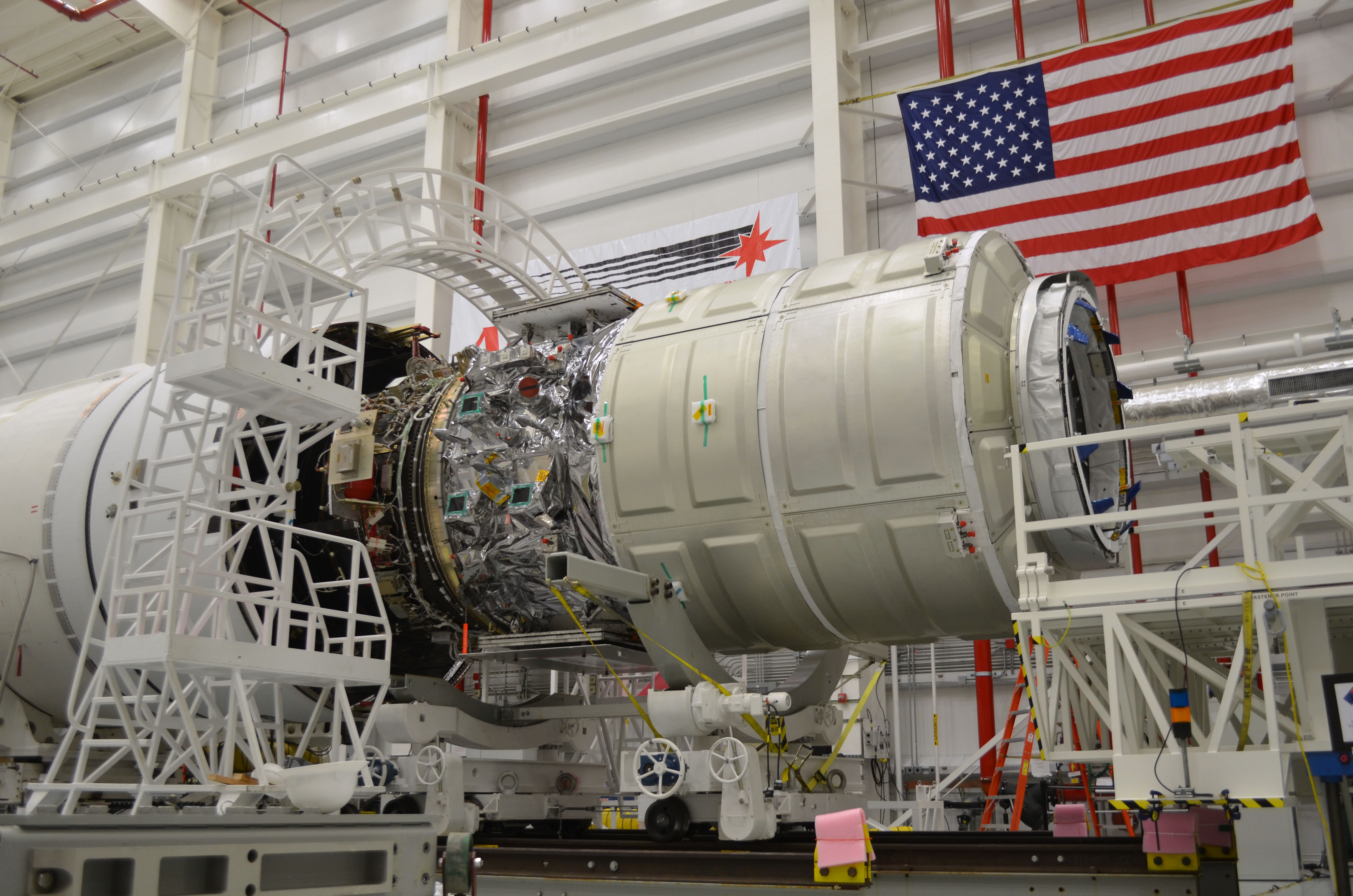
Only days remain before the scheduled 18 September launch of the first Cygnus cargo mission to the International Space Station by Orbital Sciences Corp. Liftoff of the second Antares booster, which follows hard on the heels of April’s test flight, will occur from Pad 0A at the Mid-Atlantic Regional Spaceport (MARS) on Wallops Island, Va., and is expected to deliver Cygnus on a month-long journey to the multi-national orbiting outpost. Last week, Orbital tweeted that it was naming the first Cygnus craft in honor of former senior executive and three-time shuttle astronaut G. David Low. As part of AmericaSpace’s coverage of this important mission for Orbital, this weekend’s history articles will focus on the larger-than-life character, legacy, and space missions of Low, who died in 2008.
Aged just 33 in January 1990, George David Low formed part of the STS-32 crew which deployed an important communications satellite for the U.S. Navy, retrieved NASA’s Long Duration Exposure Facility (LDEF) from orbit, and also set a new shuttle endurance record of almost 11 days in space. Four months later, in May, he was assigned as a Mission Specialist to the STS-43, which would itself expand considerably in duration. Joining Low on the scheduled five-day flight were Commander John Blaha, Pilot Mike Baker, and Mission Specialists Shannon Lucid and Jim Adamson, tasked with the deployment of NASA’s fifth Tracking and Data Relay Satellite (TDRS-E).
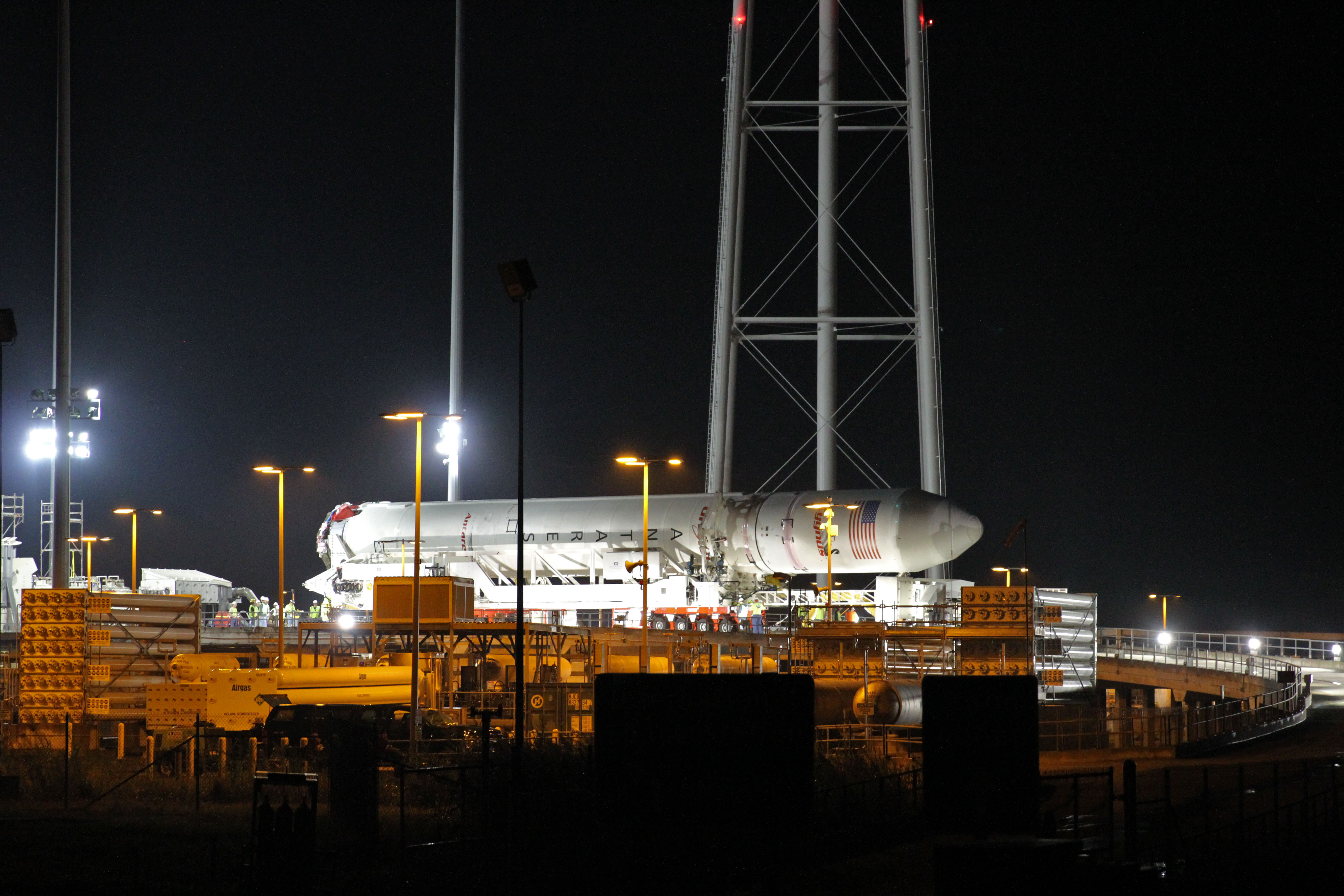
As the shuttle program gained momentum in the late 1970s, it was envisaged that a pair of these powerful satellites—one stationed over the equator, just off the northeastern corner of Brazil, known as “TDRS-East,” and a second over the central Pacific Ocean, near the Phoenix Islands, known as “TDRS-West”—would fill an urgent communications and tracking need. TDRS-A was launched in April 1983, but was almost lost when its Boeing-built Inertial Upper Stage (IUS) failed to insert it into its proper orbit. Only by using the satellite’s own hydrazine thrusters were controllers able to gradually maneuver it into its final “East” location, although its operational lifetime was shortened. Ongoing problems with the IUS meant that it was almost three years before the “West” satellite, TDRS-B, could be launched … and that was the primary payload aboard the ill-fated final flight of Challenger. Two more TDRS satellites (C and D) were launched in September 1988 and March 1989. Unfortunately, TDRS-C also succumbed to anomalies which affected its Ku-band relay capability. The TDRS-E satellite would therefore be positioned at 175 degrees West, to serve as the primary communications provider over the Pacific from October 1991.
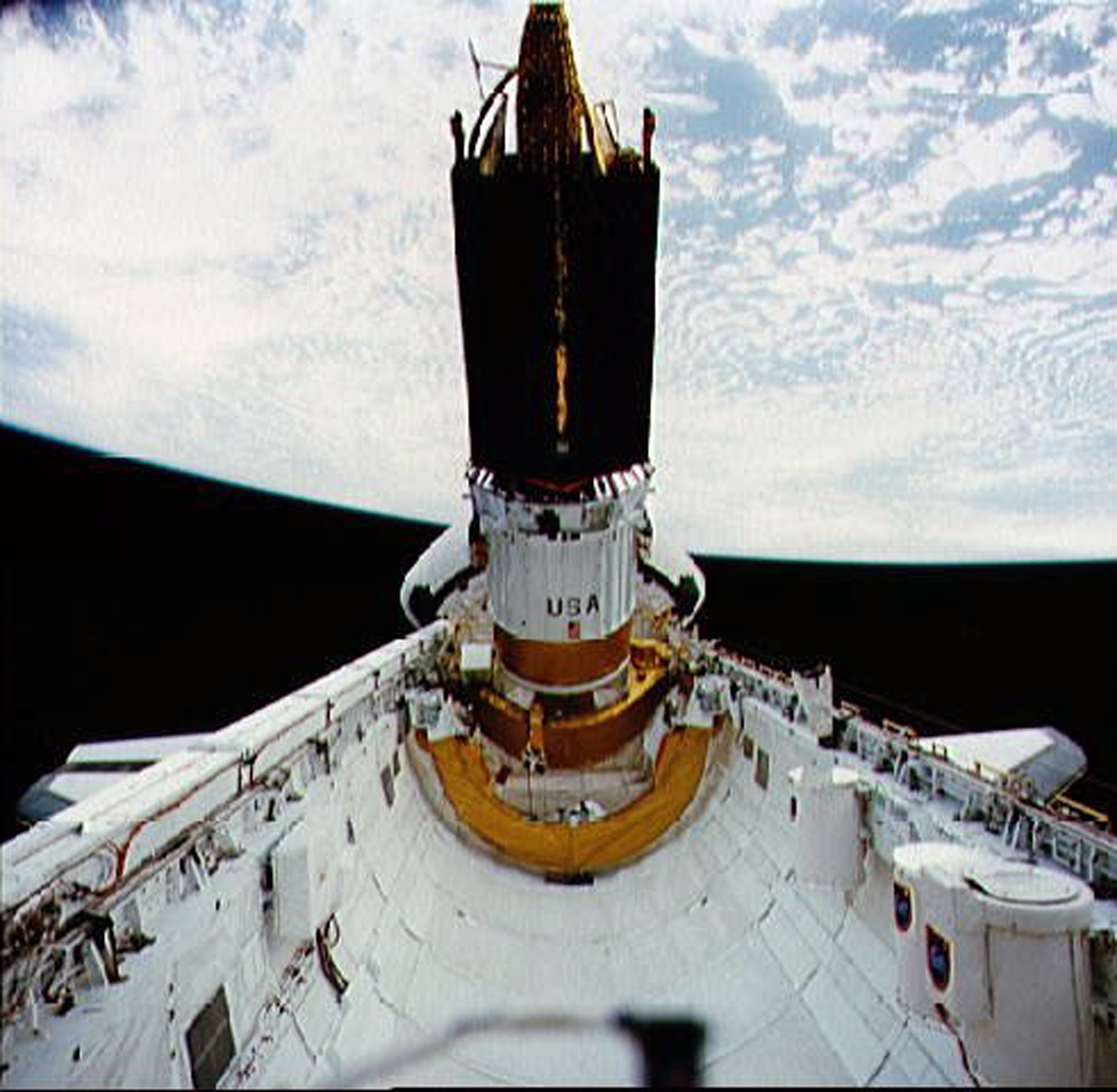
Hydrogen leaks endured by the shuttle fleet in the summer of 1990 had already pushed STS-43’s launch date back from May 1991 until the mid-summer. Then, technical problems with Discovery in early 1991 caused STS-43 to be shifted onto her sister ship, Atlantis. In the meantime, Discovery had already been manifested to deploy the Upper Atmosphere Research Satellite (UARS) in late 1991 and, in March, NASA announced that the switch “preserved the agency’s capability” to fly UARS during a critical “science window” in September-November. Postponed for several days from late July, STS-43 and Atlantis finally launched at 11:02 a.m. EDT on 2 August 1991.
A little over six hours into the mission, the five astronaut successfully deployed TDRS-E, which was numerically renamed “TDRS-5” upon injection into geostationary orbit. With their primary objective accomplished, the crew turned to a battery of medical, scientific, and technological experiments. Originally, STS-43 was baselined as a five-day flight, but in late 1990 was almost doubled to nine days in order to focus on an intensive program of biomedical and other research. This program was highlighted by the unusual shape of the STS-43 mission patch: it resembled a flat-bottomed, conical-bodied Erlenmeyer laboratory flask, whilst also paying homage to the shape of Alan Shepard’s Mercury capsule, which had launched 40 years earlier.
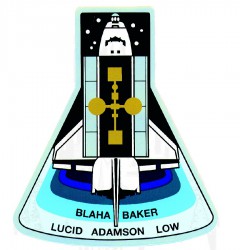
David Low was a central player in the operation of experiments into protein crystal growth, polymer membrane processing, combustion science research, and liquid-to-liquid diffusion in microgravity. The Earth’s aurorae were observed and measurements of space acceleration on delicate experiments were taken. Feasibility studies were also carried out to evaluate fiber-optic technology for video and audio communications between the shuttle’s payload bay and cabin.
Low had already helped to break new ground for the shuttle on his first flight in January 1990, by exceeding the program’s endurance record, and with STS-43 his crew became the first post-Challenger crew to be scheduled to land at the Kennedy Space Center (KSC), Fla., as their primary site. Although STS-38 and STS-39 had landed in Florida, they did so only because weather conditions at Edwards Air Force Base, Calif., had proven unsatisfactory. NASA’s improved sense of confidence had led to a move to place Edwards into “reserve” status for the first time in the post-Challenger era and was seen as a key step in moving from a sense of over-conservatism to fully-flexible shuttle operations.
In the early summer of 1991, the decision by NASA’s then-Associate Administrator for Space Flight Bill Lenoir to resume landings at KSC aroused great criticism, with many engineers and managers arguing that shuttles should continue to land at Edwards until “tougher tyres” had been fitted and tested. Damage endured by STS-39’s tires after touching down in a crosswind on 6 May 1991 raised further concern. Even Shuttle Program Manager Bob Crippen insisted that KSC landings would only be approved if strict rules were met, and in the weeks before the launch of STS-43 he announced publicly that it was “likely” that Atlantis would be directed instead to Edwards.
Ultimately, conditions in Florida were perfect, and on 11 August 1991 Blaha and Baker guided their ship smoothly onto Runway 15, touching down at 8:23 a.m. EDT. The next mission, STS-48 with UARS in September, would go a step further by attempting to land at KSC in darkness, but Crippen remained cautious. “We’re still going to land at Edwards,” he told journalists. “The weather is going to end up dictating that. I’m budgeting for about 60 percent of the flights landing at Edwards and 40 percent at KSC.” By the end of the shuttle era, in July 2011, Crippen’ 60-40 prediction had proven accurate … but fell in favor of KSC, rather than Edwards: out of the 133 missions which successfully landed, a total of 78 touched down in Florida, 54 at Edwards, and a single flight at White Sands, N.M.
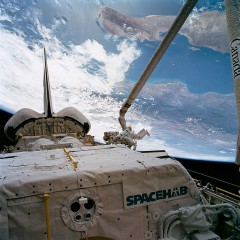
For David Low, landing from STS-43 would bring about a rapid reassignment to his third shuttle flight. In February 1992, he was named as Payload Commander for STS-57, which would bring his astronaut career full-circle by demonstrating virtually all of the shuttle’s myriad capabilities: scientific research in the first commercial Spacehab laboratory module, rendezvous and retrieval of the European Retrievable Carrier (EURECA) free-flyer, and a dramatic spacewalk. Less conspicuously—but also important—STS-57 marked the first occasion on which a civilian woman spacefarer (Janice Voss) flew into orbit alongside a military woman spacefarer (Nancy Sherlock).
Launched at 9:07 a.m. EDT on 21 June 1993, STS-57 immediately commenced its chase of EURECA, which had been in orbit for 10 months. In command of the mission was astronaut Ron Grabe, who today also works for Orbital Sciences Corp. as Executive Vice President and General Manager of the Launch Systems Group. With Grabe at Endeavour’s controls, early on 24 June, David Low extended the RMS mechanical arm and grappled the satellite for berthing in the payload bay. Although EURECA’s solar arrays successfully folded up, its two antennas, which should have automatically retracted and latched, failed to close. A spacewalk by Low and fellow Mission Specialist Jeff Wisoff was already planned on 25 June, and it was decided to utilize part of that EVA to tend to the problem.
At the time of Low’s assignment to STS-57, a spacewalk was not planned, but in the aftermath of the Intelsat-603 repair mission NASA decided in November 1992 to add EVAs to as many shuttle flights as possible, in order to build an experience base in the Astronaut Corps. In mid-February 1993, an EVA was formally added to STS-57, in which Low and Wisoff would spend four hours outside “to refine training methods for spacewalks, expand the EVA experience levels of astronauts, flight controllers, and instructors, and aid in better understanding the differences between true microgravity and the ground simulations used in training.”
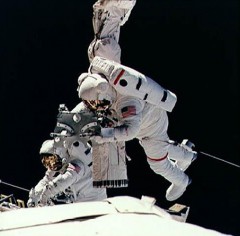
After an otherwise smooth mission, the EVA added yet more drama to STS-57. It ran to five hours and 50 minutes, with Mission Specialist Sherlock positioning Low on the RMS to latch EURECA’s stubborn antennas in place. Uniquely for a shuttle flight, the crew had first to seal off the Spacehab module, through whose tunnel hatch Low and Wisoff egressed and ingressed the shuttle. Subsequent investigation revealed no pressure loss from Spacehab during the EVA, although it may have induced an event which scared the daylights out of the other four crew members in the cabin.
“All of a sudden, it was if somebody took the orbiter and hit it with a bulldozer,” recalled Pilot Brian Duffy in his NASA oral history interview. “The whole vehicle shook. It got quiet on the flight deck and we thought maybe we were hit by something. We looked outside and didn’t see any damage.” Mission Control also saw nothing amiss. The most likely explanation was that residual forces had built up on the ground in the struts holding the Spacehab tunnel in place and had “released” to create a “ring” through the vehicle. When Low and Wisoff returned inside the cabin, they reported that they had felt nothing. “They didn’t have clue,” said Duffy, “but if they’d looked inside at that time, they would have seen eight big eyes!”
Landing at KSC on 1 July 1993, after ten days in orbit, David Low’s career as a spaceflying astronaut came to its conclusion. However, his subsequent contributions to the Astronaut Office were profound. Later that year, he served as a member of the Russian Integration Team, which worked in Crystal City, Va., to define the transition from Space Station Freedom to a new concept, known as the International Space Station (ISS), which would draw in post-Soviet Russia as a full partner. In 1994, Low was head of the EVA Integration and Operations Office and later worked in NASA’s Legislative Affairs Office, liaising directly with Congress on the agency’s aerospace programs. In February 1996, Low departed NASA for a career with Orbital Sciences in Dulles, Va.
He served for a decade as Vice President of Safety and Mission Assurance for Orbital’s Launch Systems Group and in 2006 became Senior Vice President and Program Manager for the Commercial Orbital Transportation Services (COTS) program—the program which will culminate next week with the first launch of a Cygnus cargo ship to the space station. He was described as “a primary architect” for Orbital’s COTS endeavor and, as a human being, was labeled “an extraordinarily inspiring and thoughtful leader, extremely talented engineer, and a courageous space explorer.”
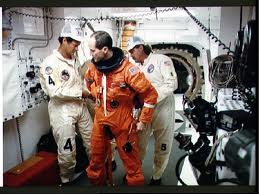
Under Low’s inspirational leadership, Orbital was guided through the process of becoming a partner with NASA, tasked to commercially resupply the ISS. In December 2008, the space agency awarded a $1.9 billion Commercial Resupply Services (CRS) contract to Orbital to stage eight missions and deliver upwards of 44,000 pounds of equipment, payloads, and supplies to the station’s crew.
Sadly, although Low lived long enough to see NASA declare Orbital one of the COTS winners on 19 February 2008, he did not survive to see his labors reach fruition. He died of colon cancer at the Reston Hospital Center on 15 March 2008, aged just 52. In the years after his death, Orbital moved through a tortuous process of getting its new Antares launch vehicle ready for its maiden voyage and readying the Cygnus cargo ship for its first flight. In April 2013, more than a year later than planned, Antares triumphantly rocketed away from the Mid-Atlantic Regional Spaceport (MARS) on Wallops Island, Va., clearing the way for the COTS demo mission by Cygnus on 18 September. Assuming next week’s Cygnus test flight is a success, the COTS flight will leave Orbital in pole position for its first dedicated cargo flight.
On Wednesday, it can be hoped that watching from above, with pride, will be George David Low. On 4 September 2013, Orbital touchingly tweeted that the first Cygnus mission would be named “The David Low,” in honor of “our late colleague, friend, and NASA astronaut.” As if to sum up his career, we are reminded of a handful of words uttered by Low in the days preceding his first shuttle mission, STS-32, back in January 1990: “I guess I’ll be very, very happy,” he said, “if we can get the wheels stopped and I haven’t screwed anything up.” In a 12-year career with NASA and three flights aboard the most complex human spacecraft ever built, Low never screwed up. In a subsequent 12-year career with Orbital, Low never screwed up. And five years after his untimely death, his legacy lives on.
This is part of a series of history articles, which will appear each weekend, barring any major news stories. Next week’s article will focus on the 20th anniversary of STS-51, a multi-faceted mission in September 1993, during which the shuttle’s myriad capabilities of satellite deployment and retrieval, rendezvous, and spacewalking would be showcased … but only after a harrowing main engine abort on the launch pad.
Want to keep up-to-date with all things space? Be sure to “Like” AmericaSpace on Facebook and follow us on Twitter: @AmericaSpace
Missions » ISS » COTS » CYGNUS » CYGNUS-1 »


